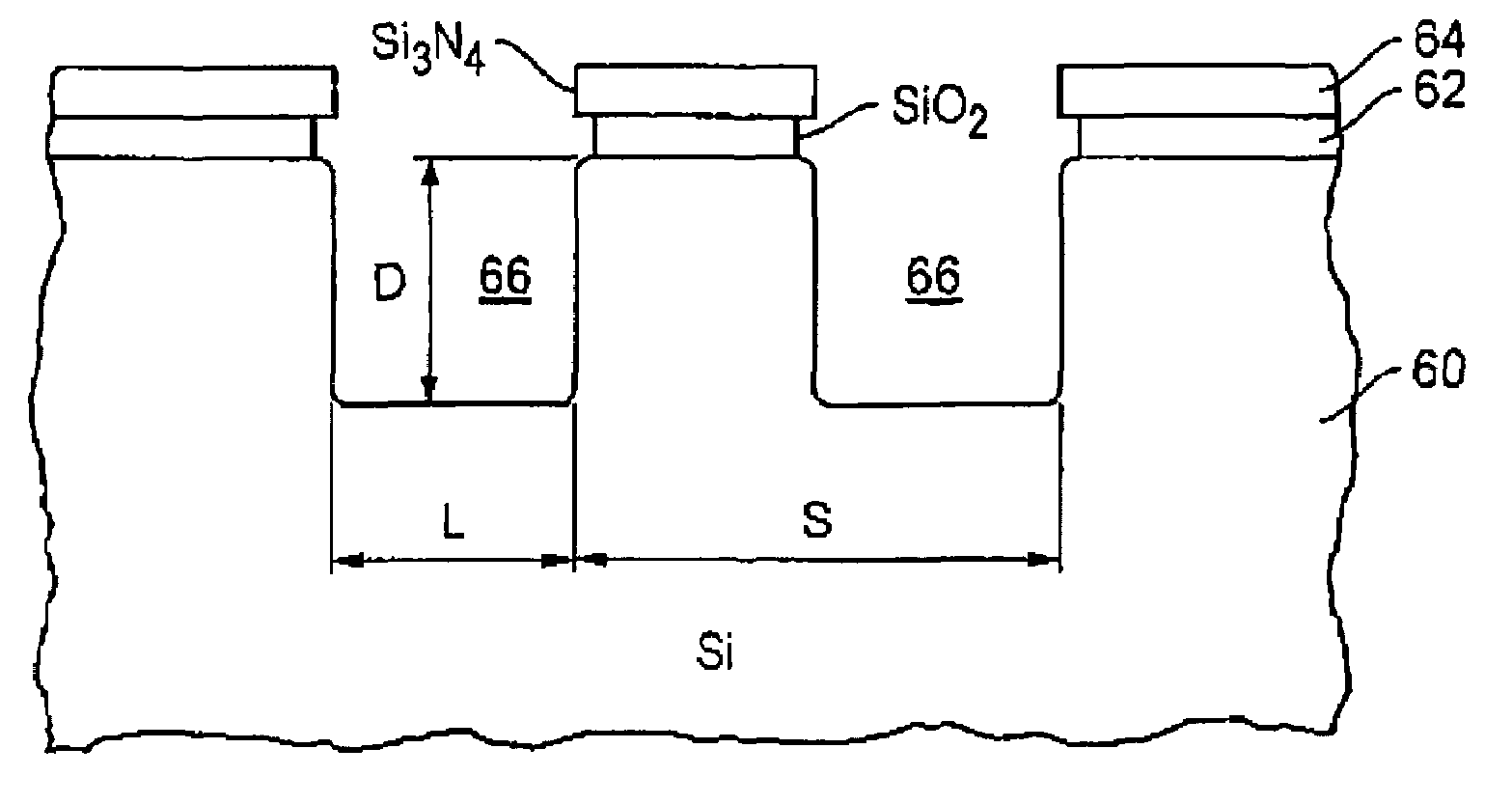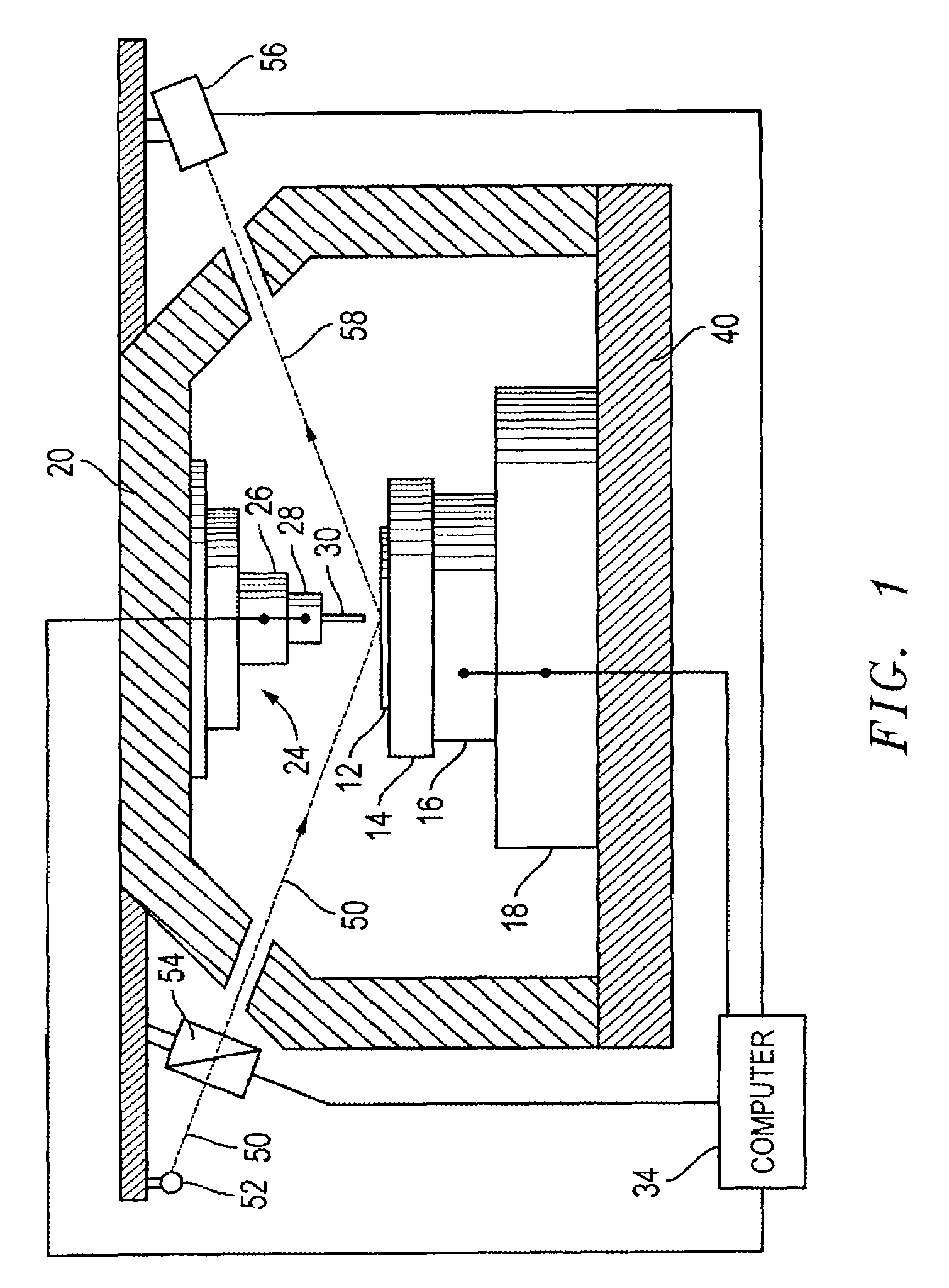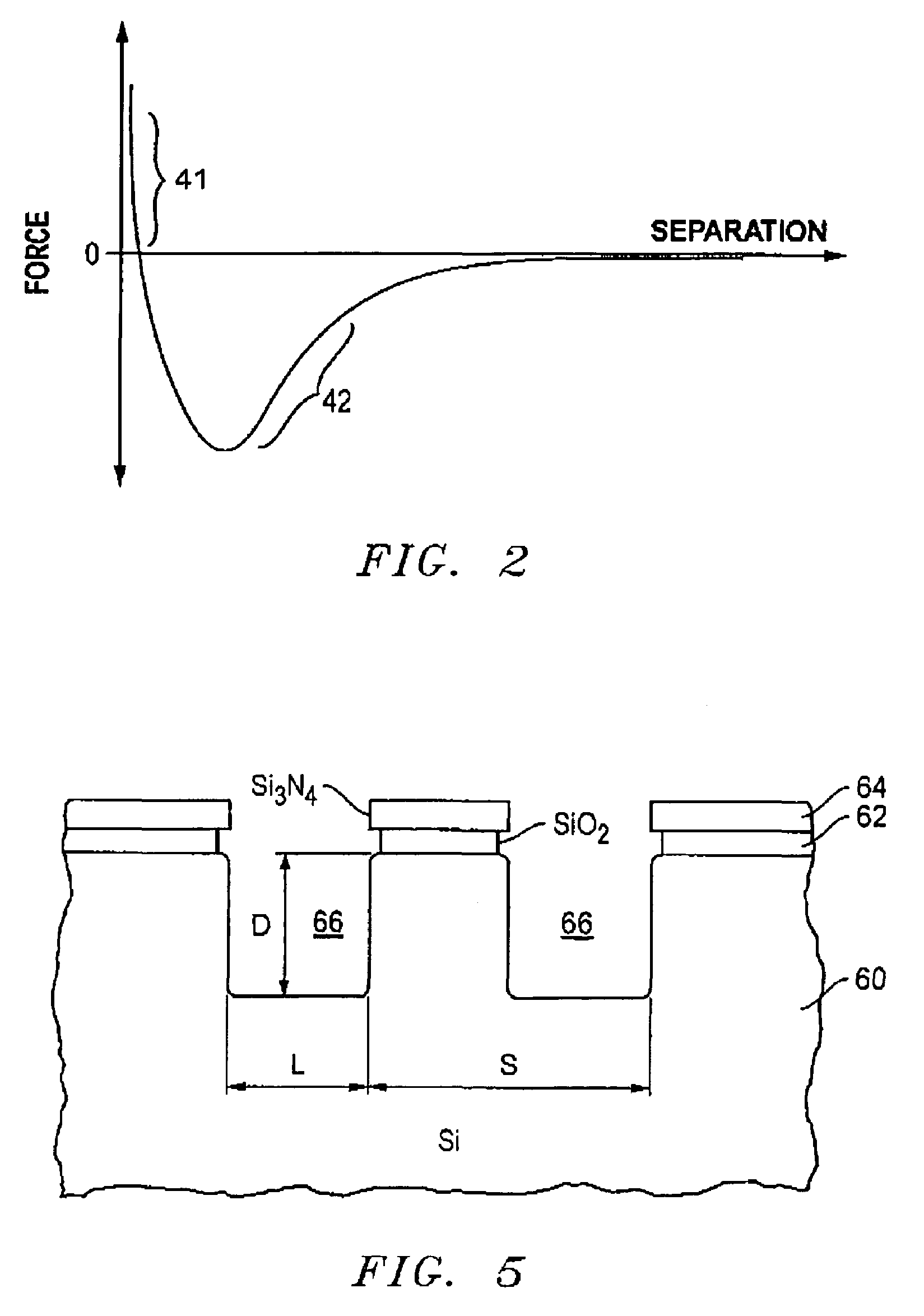Integrated measuring instrument
a technology of optical instruments and integrated parts, applied in the field of systems, can solve the problems of time-consuming and laborious wafer sectioning, less useful monitoring methods, and excessive slope of actual sidewalls, and achieve the effect of improving the efficiency or accuracy of microscopic measurements
- Summary
- Abstract
- Description
- Claims
- Application Information
AI Technical Summary
Benefits of technology
Problems solved by technology
Method used
Image
Examples
Embodiment Construction
[0032]The term scatterometer is used herein as a general term to describe any instrument that directs light to a sample and determines characteristics of the sample by measuring light reflected or scattered from the sample. The term includes ellipsometer-based scatterometry, reflectometry, and similar techniques.
[0033]The invention combined an integrating optical instrument and an individual-feature-measuring instrument. One embodiment of the invention integrates in a single measurement instrument a scanning probe microscope, such as an AFM and an ellipsometer-based scatterometer. A wafer or other substrate supported on a single stage shared by both instruments can be probed by either the AFM or the scatterometer, either without repositioning the stage or by repositioning the stage by a predetermined offset. Thus, in a preferred embodiment, it is unnecessary to pick up the work piece and move it from one machine to another, thereby eliminating the time-consuming activity of locating...
PUM
 Login to View More
Login to View More Abstract
Description
Claims
Application Information
 Login to View More
Login to View More - R&D
- Intellectual Property
- Life Sciences
- Materials
- Tech Scout
- Unparalleled Data Quality
- Higher Quality Content
- 60% Fewer Hallucinations
Browse by: Latest US Patents, China's latest patents, Technical Efficacy Thesaurus, Application Domain, Technology Topic, Popular Technical Reports.
© 2025 PatSnap. All rights reserved.Legal|Privacy policy|Modern Slavery Act Transparency Statement|Sitemap|About US| Contact US: help@patsnap.com



